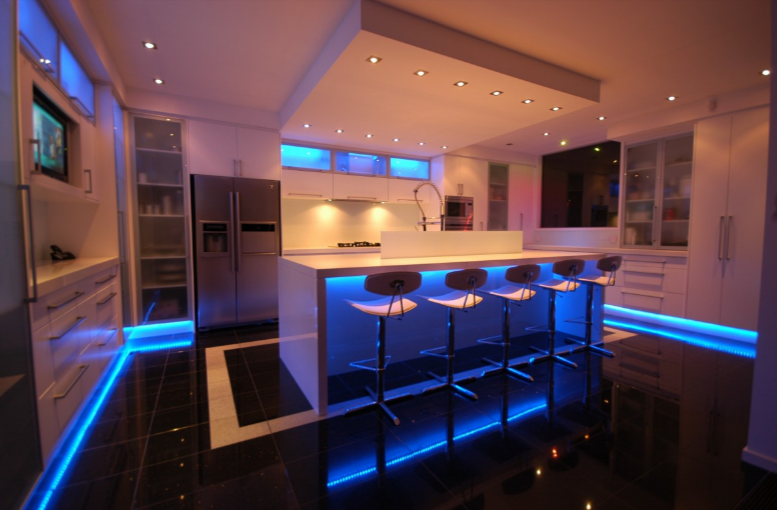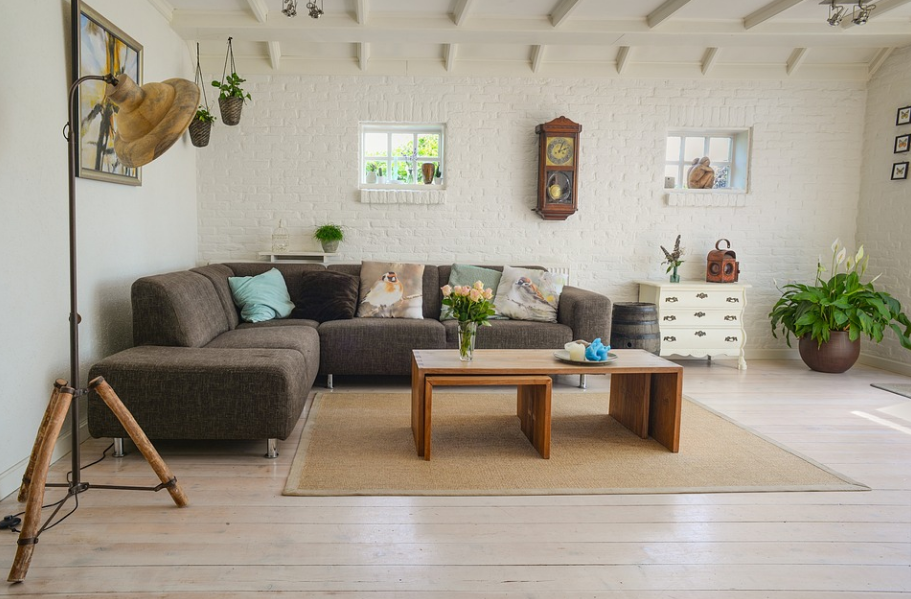Choosing the Right Contractor for Your Home Renovation
Undertaking a home renovation is an exciting yet complex endeavor. Whether you’re upgrading your kitchen, adding an extension, or giving your entire home a facelift, one of the most critical decisions you’ll make is choosing the right contractor. A reliable and skilled contractor can make the renovation process smoother, ensuring that your vision becomes a reality. Here are some key factors to consider when selecting the perfect contractor for your home renovation.
Define Your Project Scope and Budget
Before embarking on your search for a contractor, it’s crucial to have a clear understanding of your project’s scope and budget. Knowing exactly what you want to achieve and how much you’re willing to invest will help you communicate effectively with potential contractors and ensure that they can meet your expectations within your financial constraints.
Research and Recommendations
Start your search by doing thorough research. Look for contractors online, check reviews and testimonials, and ask friends, family, or colleagues for recommendations. Personal experience is often the most reliable indicator of a contractor’s reputation and reliability. Additionally, websites like the Better Business Bureau can provide valuable insights into a contractor’s track record.
Verify Licensing and Insurance
Ensure that any contractor you consider is properly licensed and insured. Licensing requirements vary by location, so check with your local authorities to understand what credentials are necessary. Insurance is equally important; it protects you and the contractor in case of accidents or damage during the renovation process. Request you to see copies of their licenses and insurance policies and verify their validity.
Check Experience and Portfolio
Experience speaks volumes in the world of home renovations. Look for a contractor with a proven track record in projects similar to yours. Ask for a portfolio showcasing their previous work, including before-and-after photos. This will give you an idea of their style, attention to detail, and the quality of their craftsmanship.
Interview Potential Contractors
Once you’ve narrowed down your list, conduct interviews with potential contractors. Use this opportunity to discuss your project in detail, share your vision, and ask questions about their approach. A face-to-face meeting allows you to gauge their communication style, professionalism, and whether you feel comfortable working with them.
Check References
Don’t hesitate to ask for references from past clients. Contact these references and inquire about their experiences working with the contractor. Ask about the contractor’s punctuality, communication, ability to stay within budget, and the overall satisfaction with the finished project. Hearing firsthand from others who have been through the process can provide valuable insights.
Obtain Detailed Written Estimates
Once you’ve discussed your project with potential contractors, ask for detailed written estimates. These should include a breakdown of costs, materials, labor, and a timeline for completion. Avoid contractors who provide vague or overly optimistic estimates. A transparent and detailed proposal is a sign of a thorough and organized contractor.
Communication is Key
Effective communication is crucial throughout the renovation process. Pay attention to how promptly and clearly the contractor responds to your inquiries. A contractor who is attentive and responsive from the beginning is more likely to maintain open communication throughout the project, reducing the likelihood of misunderstandings or delays.
Understand the Payment Schedule
Clarify the payment schedule before signing any contracts. Reputable contractors typically work on a payment schedule tied to project milestones. Be wary of contractors who demand a large upfront payment or request full payment before the work begins. A fair and transparent payment structure ensures that both parties are invested in the success of the project.
Review the Contract Thoroughly
Before committing, carefully review the contract. Ensure that it includes all details discussed during your negotiations, such as project scope, materials, timeline, and payment terms. If there are any terms or language you don’t understand, seek clarification. A well-drafted contract protects both you and the contractor and serves as a reference point throughout the renovation.
In conclusion, choosing the right contractor for your home renovation is a decision that requires careful consideration. By defining your project, researching potential contractors, checking credentials, interviewing candidates, and thoroughly reviewing contracts, you can increase the likelihood of a successful and stress-free renovation experience. Remember that the right contractor is not just skilled in their craft but is also a reliable partner who shares your vision for your dream home.


